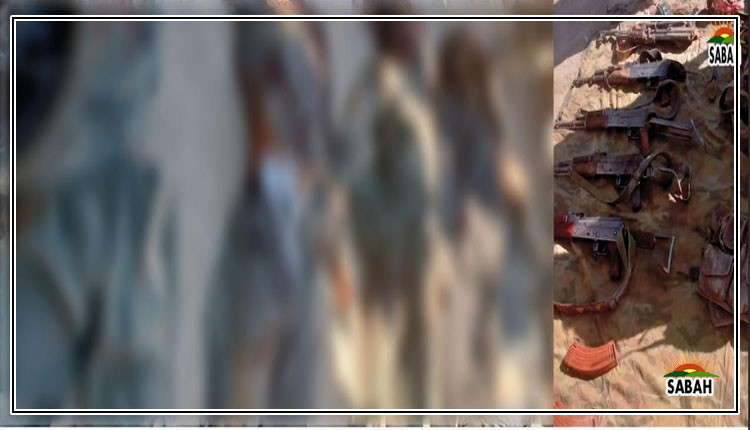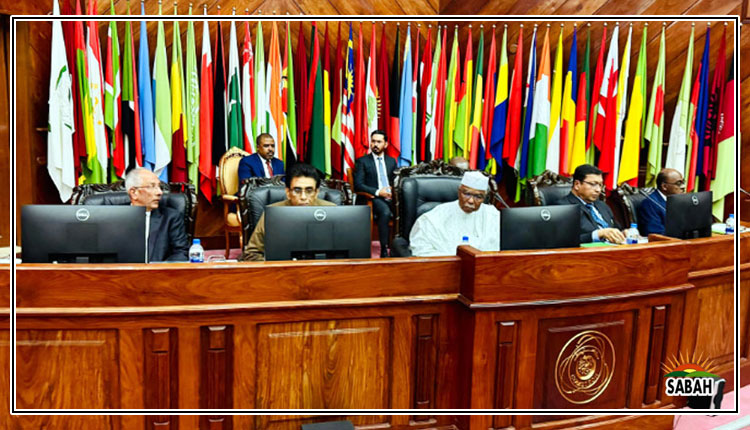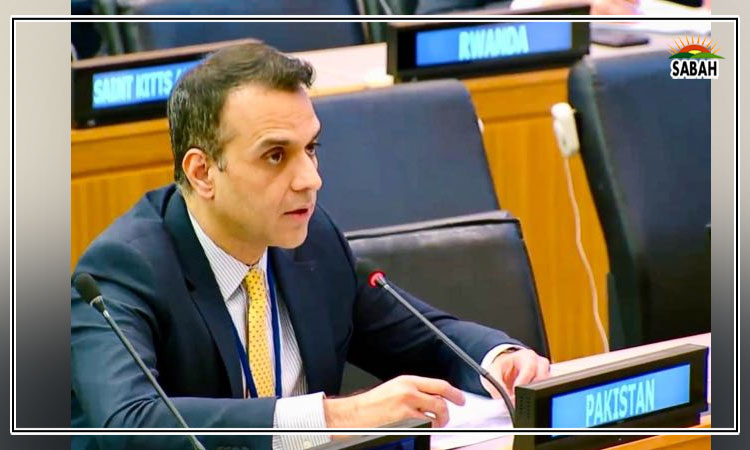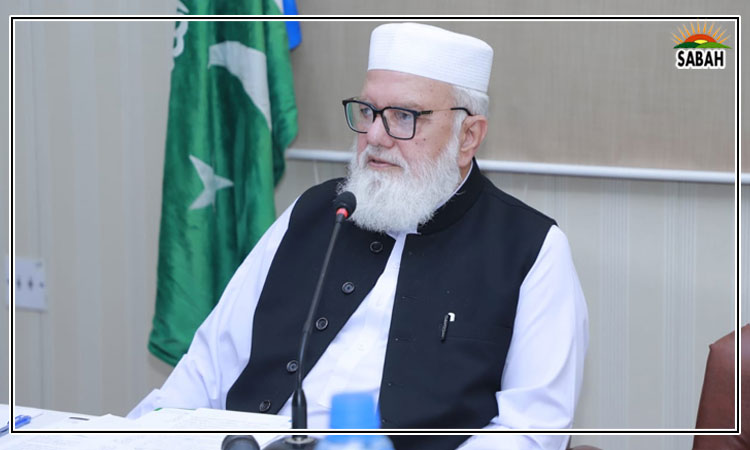Shortcuts to nowhere….Khurram Husain
SEEKING ways to get around the crucial reform agenda the country has to implement, in order to escape its regular cycles of boom and bust, is as old a reflex as the reform agenda itself. For more than three decades it has been known that the country needs to expand its tax base, its export base and raise productivity to become competitive in products beyond simply textiles. It has been known that the power sector is riddled with inefficiencies and leakages that can only be rectified if it undergoes deep-rooted reform of its governance and pricing structures. On all these issues tax reform, state-owned enterprise (SOEs) reform (or outright privatisation) and power sector reform the roadmaps are old, the emphasis is old, the priorities have been laid out as far back as the early 1990s.
But little has actually been done on any of these fronts. Instead successive governments since then have preferred to search for shortcuts that enable a short term period of growth that are inevitably followed by a crash so severe the country lands up on the doorstep of the IMF, with reserves depleted, the fiscal equation in blowout, inflation skyrocketing. The same adjustment follows every time: devaluation of the currency, hike in interest rates, a rain of taxes, sharp contraction in expenditure and sharp hike in inflation.
Each boom over the decades has been engineered using the same methods. There is runaway printing of money at home, and runaway borrowing of dollars from abroad. With the economy flush with liquidity, what follows is a consumption binge that leads to a blowout in imports while exports lag. This consumption binge is presented by the rulers of the day as their signature achievement. Every government since at least 1998 has come into power saying we inherited a broken economy. Every government since then (with the exception of the PPP in 2008) has left power arguing while we were ruling the economy grew, but when our rule was replaced by somebody elses, the economy suffered.
Each episode sees the countrys ruling elites go around the world searching for ways to finance its dysfunctions rather than do the work necessary to actually address them at home. This is the reflex that has driven up Pakistans debt levels to the point where they are now described as highly risky by the IMF, the one body all creditors look towards to assess the creditworthiness of the sovereign.
What ails the country is the inability of its system to generate the liquidity required to operate a modern economy.
This search for shortcuts takes various forms. The Musharraf regime partook heavily of 9/11-related inflows that came into the country in the middles of the 2000s. The PML-N government of 2013 found inflows from bilateral sources like China or the Gulf countries. The PTI government found a bonanza following Covid when debt-service obligations could be suspended, the Fund programme temporarily suspended, and Covid-related facilities made available in ample supply, along with bilateral borrowing from China and the Gulf monarchies.
Now one more time this story is gearing up for another cycle. A framework is being put in place to bring in more dollar inflows, that may not be borrowed, but nonetheless create liabilities that the country may or may not be able to afford in the longer run. Something akin to how CPEC-related inflows created assets that in the short run appeared like an impressive achievement, but in the longer run turned out to be too expensive for an aging, leaky and highly inefficient power sector to be able to afford.
The framework today consists of a number of things. First is a law passed in the summer of 2022 called the Intergovernmental Commercial Transactions Act of 2022 (ICTA). Second is the creation of the Special Investment Facilitation Council (SIFC). And the third, probably the least likely to actually take off, is the creation of a sovereign wealth fund, to be capitalised by resources from existing SOEs, reportedly to the tune of Rs2.3 trillion.
The framework focuses on providing assets against dollars in government-to-government transactions. Its first test case was the transfer of operations of the Pakistan International Container Terminal (PICT) to the Abu Dhabi Ports Group. Some people have tried to paint this transaction in a sinister light, thinking that somehow all of Karachi port has been given to Abu Dhabi. Nothing of the sort has happened. Only the rights to operate one terminal, consisting of a few berths, have been leased to AD Ports Group once the lease of the existing operator, also a foreign company, expired.
But as a test case of the new framework, the PICT deal is crucial. Having shown that the ICTA works, that it can create sufficient confidence on the part of a foreign SOE to acquire operating assets in Pakistan, it can now be built upon. Thats where the SIFC comes in.
The SIFC can now streamline the negotiation process, close deals under the ICTA, and use resources from the Sovereign Wealth Fund should any equity participation be required from Pakistans side, to close deals in mining and agriculture as well.
None of this is wrong or objectionable on the face of it. What would be wrong and objectionable is if this framework comes to be seen as a panacea for reform, which is very likely to happen. What ails Pakistan is not just an inability to accumulate foreign exchange reserves. That is a symptom of the problem. What ails the country is the inability of its system to generate the liquidity required to operate a modern economy the limited tax and export base, and the leakages in the power system and the burden of the SOEs, to name some of the top problems. If these remain as they are and we see massive dollar inflows coming into the country against deals concluded under this new framework, we can rest assured that an old story is repeating itself, and its ending will be no different. It will be nothing but another shortcut to nowhere.
Courtesy Dawn












